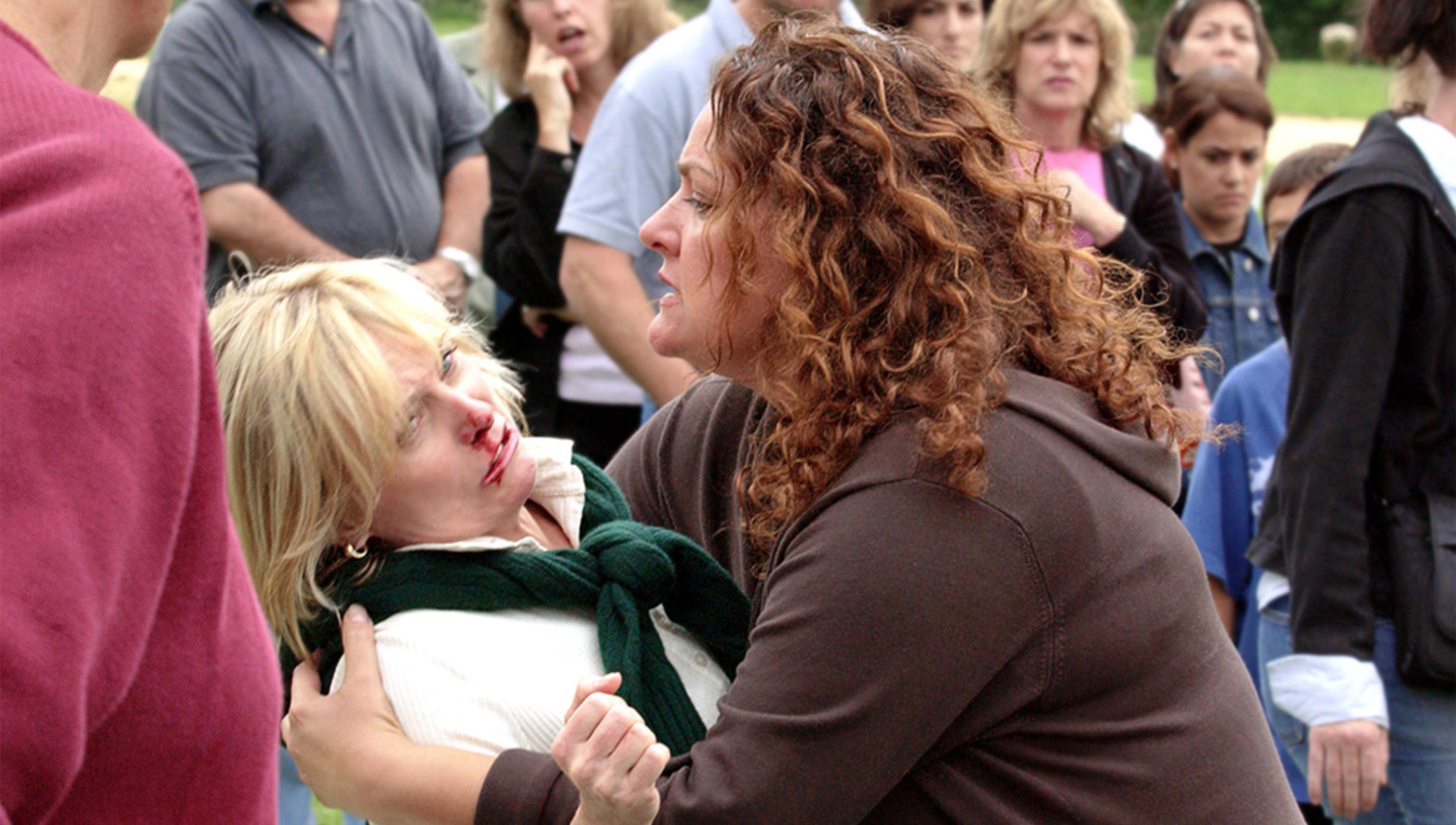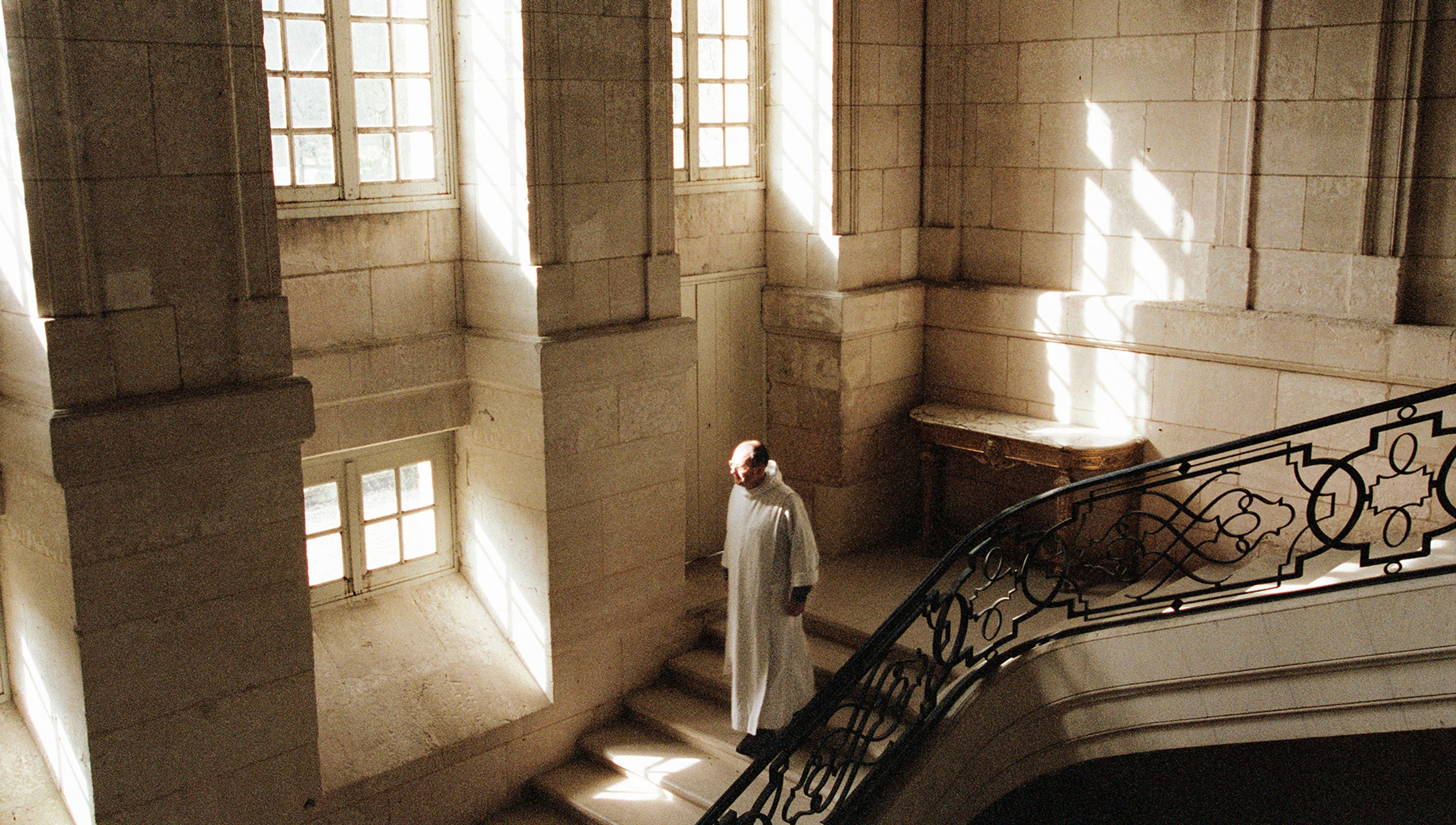For the Confucian Xunzi, love and gratitude are not just feelings in response to events but possibilities for social action
Love is most commonly taken as a kind of sentiment, a natural and spontaneous given that is realised in its purest form through intense feeling. Whether it is shared between lovers, family members, friends or more distant relations, it is the sentiment of love, more than its other possible dimensions, that has grabbed most of the attention. And so, when we give tangible form to these feelings through words, gestures or gifts, we tend to regard them as ‘tokens’ of our regard and appreciation – mere trifles that represent the true event, which is the sentiment that lies deep in our hearts. Such an idea persists in our everyday locutions and in the mythologies that drive modern society, shaping our values and the way we go about living our lives.
It has also brought its share of ethical and psychological challenges. Consider the case of gratitude, widely perceived as a kind of sentiment, akin to love, with which one responds to the generosity and goodwill of another. In ancient Greece, as David Konstan observed in his book In the Orbit of Love (2018), the very idea of gratitude was fraught with tensions arising from its entanglements with material transactions, and where one drew the line between expressing genuine feelings of gratitude and simply offering payback for a benefit received was not always straightforward. As this messy and awkward state of affairs continued to unfold, Seneca offered a solution: proposing a conceptual distinction between feeling gratitude and gratitude as payment for a debt owed, he claimed that it was, in fact, possible to be ‘grateful empty-handed’. In so doing, presumably, he liberated gratitude from the sordid business of give-and-take, ushering in the modern notion of gratitude as a sentiment.
But what, one might well ask, is the status of such empty-handed gratitude? What is love without the expression? Technically, it seems, we can certainly feel gratitude while doing nothing about it. This is not wholly satisfactory, for in prioritising the ‘inner’ world of sentiment as the true arena of action and designating the ‘outer’ one as a mere symptom or afterthought, we might well be losing our connection, not only to the world ‘outside’ but also to something vital about our emotions. The focus on sentiment neglects the ways in which our love and affection are not just felt inside, but are also phenomenally present in the world, instantiated in our bodies and gestures, in our actions, and in our engagements with things and with each other.
Through the ritual performance, our love becomes the food, the wine, the garments, the thatched house of mourning
An alternative model can be found in the ritual theory of Xunzi, the Chinese Confucian philosopher of the third century BCE. The author of one of the most systematic and incisive texts surviving from the Warring States period, Xunzi was dedicated to establishing a foundational role for ritual (li 禮) as the pattern for ordering human relationships and, indeed, for bringing harmony to the cosmos itself. According to Xunzi, the ritual prescriptions transmitted from the ancients are authoritative, not because they represent traditions passed down from time immemorial, but because the proper performance of ritual ceremonies represents the optimal way for people to enact their love towards members of their affective community – most especially, towards their parents.
For Xunzi, emotions such as love and gratitude are not just feelings in response to events – things that happen to us – but possibilities for action. Emotions, as he puts it in the translation by Eric Hutton, are essentially ‘without form’: they are not physically discrete things, with fixed properties and contained within the boundaries of the self. Instead, they remain ‘raw’ and inchoate until they take form, and it is ritual that represents their proper fulfilment. Through ritual, he declares, we ‘give a shape to that which is without physical substance and magnificently accomplish proper form’.
As ritual, then, the expressions of our love become more than the afterthoughts of our sentiments: in furnishing the stage for this love to be realised, it becomes the very template for ordering our existence and for the dignified and patterned fulfilment of that which is most human in us. It is therefore to ritual that we must turn when confronted with one of the greatest challenges that life throws at us: what to do about our grief when we lose the ones we love.
Among all the ritual ceremonies, it is to the funerary rites that Xunzi devotes most of his attention. These rites constitute the single most important opportunity in a person’s life to properly express one’s love towards another human being. This is because, as he puts it: ‘The way that death works is that a person dies once and then cannot get to die again.’
Xunzi’s account involves a highly elaborate set of prescriptions that begin with the procedure for dressing and preparing the body of the deceased, the design and layout of the tomb, and the size and thickness of the coffin. Then there are guidelines regarding the physical demeanour appropriate to the mourners: the forlorn expressions of the face, the vocalisations of weeping and sobbing. Apart from these bodily manifestations are the clothing and caps of varying fabrics and patterns, the musical instruments, the ritual food and wine, the furnishings that make up the ceremonial site and, finally, the buildings that house these accoutrements. All of these, Xunzi explains, are the expressions of one’s grief and sorrow in the face of one’s loss. In ritual, then, our expression of love spans an outwardly radiating domain that encompasses not only our facial expressions, but also the movements and tremulations of our voice, the ceremonial food, the dress, the tables and mats, and even the way that we structure our environment. Through the ritual performance, our love becomes the food, the wine, the garments, the thatched house of mourning.
Xunzi’s invitation to create community through ritual might be able to point the way towards a more harmonious future
We moderns tend to regard rituals as constraints on our nature and on our freedom – as rigid forms to which the individual submits and is dissolved into the collectivity. The idea that our affective bonds with others are creatively extended into the world through rituals of celebration and mourning offers a fundamentally different conception – one that also resonates with recent philosophical thinking that challenges long-standing internalist conceptions of emotions. The philosophers Giovanna Colombetti and Tom Roberts, for instance, made a case for extending the claims of the extended mind thesis to the realm of affectivity, proposing that, just as we might conceive of cognitive processes as systems that include the external devices, tools and materials that we think with, so might we also understand affectivity as extending beyond the borders of the body to form ‘subject-artefact coalitions’ that are ‘embedded within a wider cultural, technological, and social context’.
Along similar lines, Xunzi’s idea that our emotions are possibilities to be fulfilled through ritual suggests that we cannot regard them as strictly localised in the body. Instead, we must recognise their interdependence with the environment and with the dynamic situations in which they arise.
For Xunzi, then, when it comes to our emotional bonds with those close to us, we are like artisans engaged in the craftwork of life, deploying the resources at our disposal to nurture and beautify our emotions so as to bring them to their proper fulfilment. This is not to say, of course, that we can simply choose how we feel. But how we realise these feelings matters. And when it comes to love, our rituals represent opportunities to skilfully and creatively bring it to realisation in the world, in accordance with the demands of form and beauty. Pace Seneca, this endeavour is simply part of the package of what love is. It is not something we can opt out of with impunity.
How might all of this carry over into our world? That Xunzi’s great defence of ritual tradition was forwarded in an age of violence and warfare is not an insignificant part of this story. In appealing to ritual, Xunzi explored how cohesion in society could be achieved by bringing our most basic feelings and aspirations into alignment, in the midst of the vast differences in status, power, beliefs and values, and in the swarm of a competitive environment that constantly threatened conflict and disorder. In our present era of heightened polarisation, when warring truth-worlds threaten our capacity for mutual understanding and peaceful political union, Xunzi’s invitation to create community through ritual might be able to point the way towards a more harmonious future.
While most of us might not partake in the kinds of elaborate ritual traditions that Xunzi describes, we, too, are surrounded by ritual possibilities that allow us to realise our connections with one another: ceremonial occasions with which we celebrate and commemorate the milestones of our loved ones, but also those of a more modest variety – the exchange of greetings and courtesies, a shared meal carefully prepared, an act of kindness on behalf of a stranger. Such events open the possibility of bringing forth our concern for one another in a special ritualised space infused with dignity. In so doing, out of many disparate lives they can forge a collectivity built upon a shared yearning to connect to one another and, in our better moments, to participate in the creation of sense, order and beauty.



